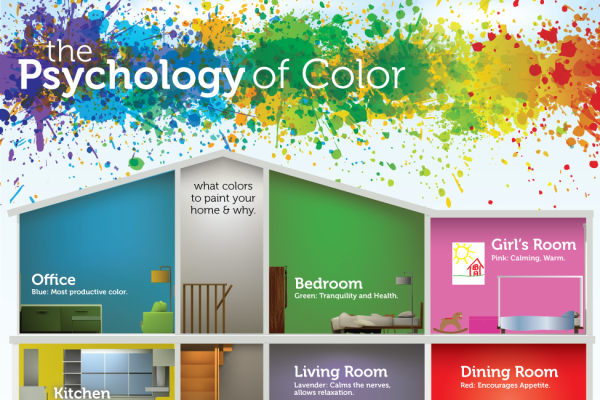Discover The Extensive Impact Of Paint On Your Feelings And State Of Mind By Diving Into The Detailed Connection Between Shade Selections And Psychological Responses
Discover The Extensive Impact Of Paint On Your Feelings And State Of Mind By Diving Into The Detailed Connection Between Shade Selections And Psychological Responses
Blog Article
Authored By-Haugaard Korsholm
When it involves choosing paint shades for an area, the options made extend past mere looks. https://home.howstuffworks.com/home-improvement/home-diy/painting/10-tricks-painting-home-exterior.htm of color explores how various hues can affect our feelings and psychological well-being, shaping the atmosphere of an area in extensive means. Recognizing the effect of color on mood can lead to willful and strategic layout choices that cater to improving different elements of our day-to-days live. By checking out the complex relationship between shade and psychology, one can uncover the refined yet effective ways in which repaint options influence our psychological experiences within a given setting.
The Influence of Shade on Feelings
Often, the shades we border ourselves with can dramatically affect our mood and total well-being. The impact of shade on emotions is a well-researched area within psychology and interior design.
Cozy shades like red, orange, and yellow are recognized to stimulate feelings of power, warmth, and comfort. These tones can boost conversation and create a comfy setting in a room.
In contrast, great shades such as blue, environment-friendly, and purple have a tendency to have a calming result, advertising leisure and serenity. https://indoor-painters-near-me64073.bleepblogs.com/34354837/as-you-start-the-goal-to-offer-your-home-a-face-lift-discover-the-insights-on-just-how-to-select-the-best-paint-colors-and-prepare-your-area-for-a-renovation are commonly chosen in bedrooms and workplaces to develop a feeling of serenity.
Furthermore, the strength and saturation of colors play a vital role in establishing their emotional impact. Bright, vivid shades can evoke sensations of exhilaration and enthusiasm, while soft tones are a lot more soothing and mild.
It is important to consider the wanted psychological reaction when choosing paint colors for different spaces in your home or workspace. By comprehending the psychology of shade, you can develop environments that sustain your emotional well-being and enhance your general state of mind.
Picking the Right Paint Colors
Understanding the psychology of shade and its effect on feelings can assist individuals in selecting the ideal paint shades for their home. When selecting paint colors, it's important to think about the mood you want to produce in each room.
For example, relaxing colors like blue and eco-friendly are perfect for bedrooms and relaxation locations, as they advertise a sense of harmony. On the other hand, lively shades like yellow or red can energize and boost discussion in social areas such as living spaces or dining locations.
In official source to the psychological impact, the size and lights of an area ought to additionally influence shade options. Lighter shades can make a tiny room feel more large, while darker tones can add warmth and coziness to bigger areas. Natural light enhances the way shades appear, so it's critical to examine paint examples in various lighting conditions prior to making a decision.
Ultimately, choosing the right paint shades involves a thoughtful factor to consider of both psychological reactions and useful aspects to produce an unified and comfortable living atmosphere.
Developing the Preferred Ambience
Achieving the desired ambience in an area entails a strategic combination of color choices and illumination factors to consider. Shade plays a critical role in setting the state of mind of an area. Cozy tones like reds, oranges, and yellows can create a relaxing and welcoming ambience, perfect for areas where comfort is essential, such as living areas or bed rooms.
On the other hand, cool colors like blues and eco-friendlies evoke a feeling of calmness and leisure, making them ideal for locations where serenity is desired, like restrooms or reflection areas.
Along with color, lighting is an additional important factor in forming the atmosphere of an area. Soft, warm lighting can boost the heat of an area, while brilliant, trendy illumination can energize and uplift the mood. Dimmer buttons or adjustable lighting fixtures supply flexibility, permitting you to adjust the illumination to suit different activities or state of minds throughout the day.
Final thought
Finally, the psychology of color demonstrates the considerable impact paint selections can carry our mood and emotions within an area.
By recognizing exactly how different colors evoke specific feelings and selecting paint colors appropriately, we can develop settings that advertise energy, comfort, relaxation, or exhilaration.
Meticulously selecting the right colors can assist us to affect our emotional state and total well-being in an offered area.
